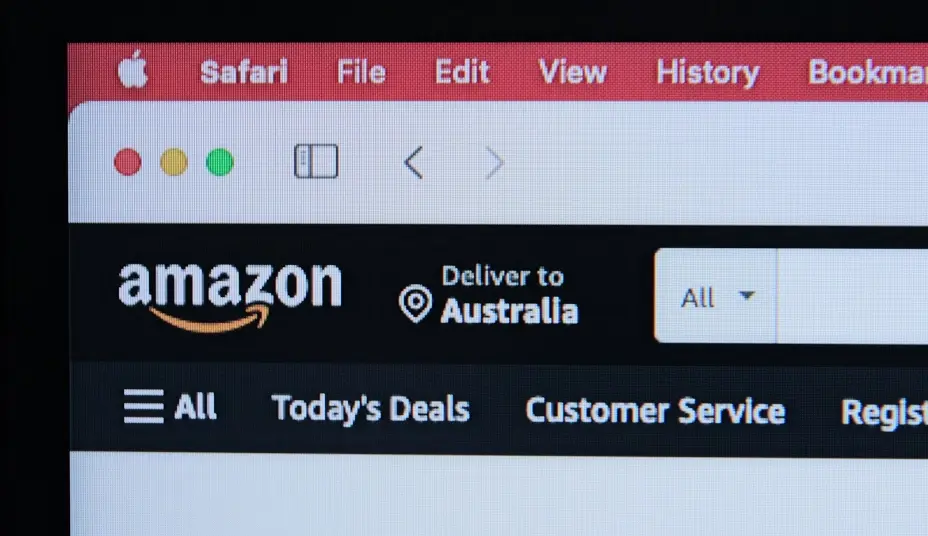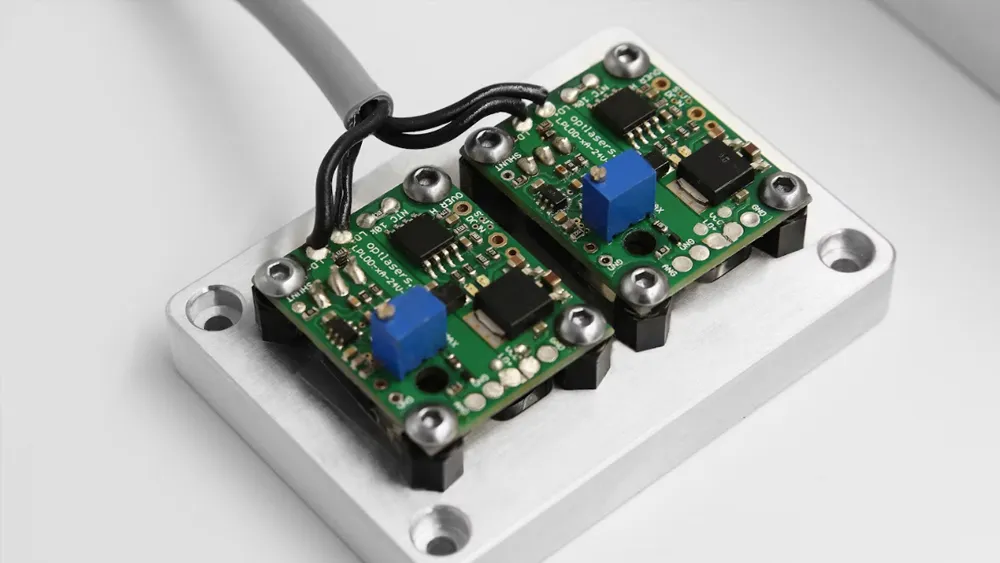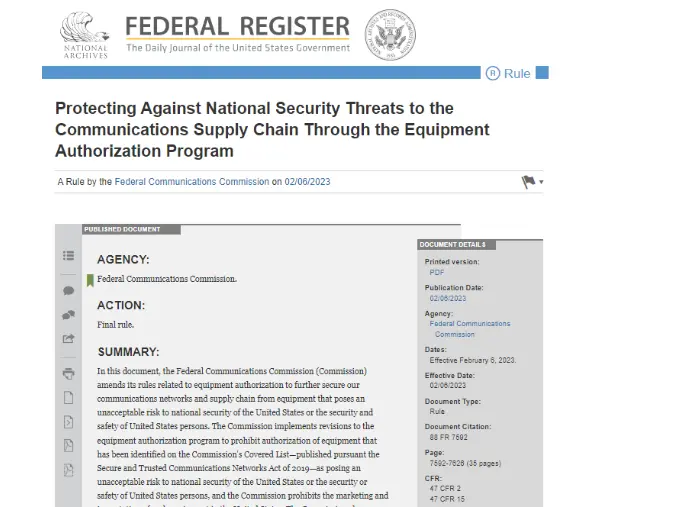
Electronic Products California CEC Energy Efficiency
Introduction to cec energy efficiency
CEC stands for California Energy Commission, a government department of the State of California, USA. Since December 30, 2005, the CEC has implemented mandatory energy efficiency certification for electronic and electrical products sold or offeRED for sale in California, based on the Appliance Efficiency RegULation.

The purpose of this certification is to improve the efficiencyof electrical products, save energy, reduce greenhouse gas emissions, and protect the environment.
CEC certification covers a wide range of product categories, including:
- Power adapters
- Chargers
- Bluetooth headsets
- Speakers
- Smart wristbands (with small-capacity batteries)
- Televisions
- Home appliances
- Lighting products
and more.
Product Categories Requiring CEC Energy Efficiency Certification
- Central air conditioners
- Central heat pumps
- Computers
- Cooking and cleaning appliances
- Electronic products
- Fans and dehumidifiers
- Heating products
- Lighting products
- Motor-driven products
- Non-central air conditioners and heat pump systems
- Water heating products
- Swimming pool equipment
- Refrigeration products
- Transformers
- Water heater systems
Common CEC Energy Efficiency Test Items and Required Parameters for Electronic Products
1. Operating Mode– The mode when the power supply is functioning.
2. Efficiency in Operating Mode– The ratio of real output power to real input power under operating conditions, usually expressed as a percentage.
3. No-load Mode– The mode when the product is connected to input voltage but not connected to any load.
4. No-load Power– The input power when the product is in no-load mode.
5. UUT– Abbreviation for Unit Under Test.
6. Ambient Temperature– The environmental temperature during the test.
7. Power Factor– The ratio of real power consumption to apparent power.
8. Total Harmonic Distortion (THD).
9. Apparent Power– The product of input voltage and input current.
10. Rated Input Voltage– The input voltage declared by the manufacturer on the product label.
11. Rated Input Frequency– The input frequency declared on the product label.
12. Rated Output Voltage– The output voltage indicated on the product label.
13. Rated Output Current– The output current indicated on the product label.
CEC Energy Efficiency Registration Process
1. Complete the Testing Application Form.
2. Send samplesto the JJR Laboratory.
3. Conduct product testing.
4. If the test passes, the laboratory issues a test report; if it fails, the company must make corrections and retest.
5. Submit CEC registrationupon successful testing.
Email:hello@jjrlab.com
Write your message here and send it to us
 What are ASTM F963 and CPSIA?
What are ASTM F963 and CPSIA?
 Comparison of ASTM F963 and EN 71
Comparison of ASTM F963 and EN 71
 How to get CSA C22.2 NO.256:14 Test Report?
How to get CSA C22.2 NO.256:14 Test Report?
 How much is the ISTA Amazon Packaging & Shippi
How much is the ISTA Amazon Packaging & Shippi
 Amazon Product Laboratory Testing Requirements
Amazon Product Laboratory Testing Requirements
 How to Get EPA Certificatio
How to Get EPA Certificatio
 What is EPA Certification in the United States?
What is EPA Certification in the United States?
 What is an FCC Registered Agent?
What is an FCC Registered Agent?
Leave us a message
24-hour online customer service at any time to respond, so that you worry!




